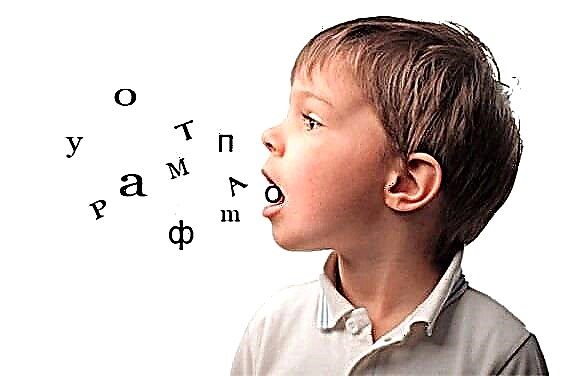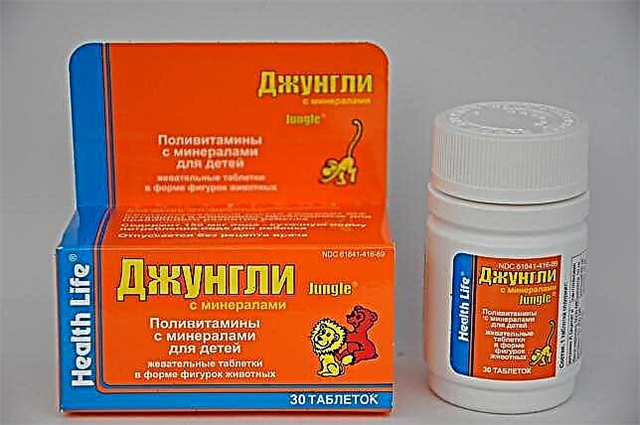
Fruits bring us pleasure due to their sweet pleasant taste and many benefits due to their vitamin and mineral composition. That is why fruit complementary foods are very important for a baby. All parents have heard that it should start with apples, pears and other fruits that are familiar to us. But when can you try more exotic fruits like pineapple? Can it harm the child's body and in what form should it be offered to the little one?

Benefit
Pineapple is called a wonderful source of magnesium, as well as vitamin C. In addition, its fruits contain a lot of copper, iron, iodine, potassium, phosphorus, zinc, vitamin PP, beta-carotene, vitamin E, manganese, B vitamins. Due to this composition, this the fruit strengthens the immune system, lowers blood clotting and blood pressure, improves the functioning of the nervous system. Also, fresh fruit has an anti-inflammatory effect.
Fresh pineapple contains an enzyme that accelerates the breakdown of protein foods (bromelain), so this fruit has the ability to improve digestion. It should be noted that such an enzyme is destroyed during conservation.

Harm
The harmful effects of fresh fruit are mainly due to the high concentration of essential oils and fruit acids. As a result, when eating pineapple, tooth enamel can be damaged, a large amount of gastric juice is produced in the stomach, and many children and adults are diagnosed with allergies to such fruits.
Canned pineapple, consumed in excess, can be harmful due to the high concentration of sugar and citric acid in such a product. It is not recommended for children with overweight or diabetes.

Contraindications
Pineapple should not be consumed by children who have:
- Gastritis or peptic ulcer.
- Tooth enamel damage.
- Allergic diseases.
- Diabetes.
Can it cause allergies?
An exotic fruit like pineapple is indeed highly allergenic. For this reason, it is not advised to include it in the diet of nursing mothers and young children. The introduction of pineapple should be very careful. Having given the child a small piece of the fruit, you need to observe the reaction to it and increase the single portion only in the absence of adverse symptoms.
Can I give up to a year?
In hot countries, where pineapples are the daily food of most adults, babies are treated to such fruit from an early age - from 6-7 months. For children in such regions, pineapple is as familiar as apples and pears are for us.
Our kids shouldn't try this exotic before a year. Mom can take a chance and offer the baby a pineapple slice for up to a year, and it happens that the baby perceives such a fruit normally, but there is always a very high risk of allergies or digestive problems.

When is the best time to enter the diet?
The best age for the introduction of pineapple into the children's menu is called 3-5 years. An earlier introduction can harm the stomach of babies or cause an allergic reaction to such an exotic fruit for our latitudes.
How to give?
The child can consume pineapple as fresh or processed (canned) fruit. It is often mixed with other fruits and offered to the crumbs in the form of a vitamin salad. Adding pineapple to porridge, cottage cheese, yogurt, pie filling helps sweeten foods. Many children love the combination of pineapple with meat.
You can also give pineapple juice. It is most often mixed with other juices such as orange juice. If such juice is obtained from fresh fruit and given separately, it must certainly be diluted with clean water.

Another type in which pineapples can be consumed are candied fruits from such fruits. In this case, one should remember about their high calorie content, therefore, this delicacy should be given to children in small quantities.
Surprise your baby with a bird-shaped sliced pineapple. How to do this, see the next video.
Should a baby eat canned pineapples?
Such a product is acceptable for feeding children over 3 years old. Canned pineapple is a good source of vitamin C. With this product, you can easily sweeten yogurt or cottage cheese for your child.

Tips for choosing
- When buying fresh fruit, it is preferable to choose larger pineapples, since more pulp remains after peeling. At the same time, a high-quality fruit will be bright, firm and shiny. A dull yellow-green fruit should not be taken as it is not ripe. A ripe pineapple is orange or yellow in color.
- Look at the leaves of the top of the fruit. They should be green and fresh. In addition, in a ripe fruit, the leaves will easily separate.
- Also take a look at the "eyes" on the surface of the fruit. In a ripe fruit, they are flat, so pineapple with sunken or sharp "eyes" should not be taken.
- Also, be sure to sniff the pineapple. When ripe, the fruit will smell strong enough and the aroma will be sweet. If you smell a fermented or sour smell, the fruit is overripe.
- Do not buy fruit with dark spots or areas of softness. They indicate the beginning of decay. When you tap the pineapple with your finger, you will hear a solid sound from the ripe fruit.

Find out if your child's weight is normal using the following calculator.



